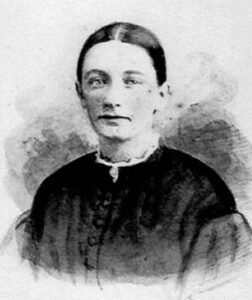
At the Baltimore train station, they met Dorothea Dix, who was organizing relief efforts. Dix initially objected to Cornelia because she was young, beautiful, and had “rosy cheeks.” Despite needing nurses, Dix refused to let Cornelia proceed to the battlefield. However, while Dix and Cornelia’s chaperone argued, Cornelia quietly boarded the train to Gettysburg.
Cornelia arrived at Gettysburg on July 6, 1863, three days after the battle ended. The scene she encountered was horrifying. Reflecting on the battlefield, she wrote, “A sickening, overpowering, awful stench announced the presence of the unburied dead upon which the July sun was mercilessly shining, and at every step the air grew heavier and fouler, until it seemed to possess a palpable, horrible density that could be seen and felt and cut with a knife …”
Cornelia quickly became legendary among the soldiers of the Second Corps for her skillful and dedicated care. Unlike Clara Barton and other famous nurses, Cornelia never sought publicity but was well-known and respected throughout the Army. Often, she was the only woman allowed in the areas where she worked. Although she wasn’t officially part of any organization, every relief commission supported her and provided the supplies she requested. The Army always honored her requests for supplies without question.
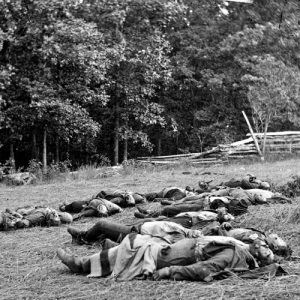
In 1864, Cornelia Hancock cared for the wounded from battles such as Wilderness, Fredericksburg, Port Royal, White House Landing, City Point, and Petersburg. She was also one of the first Union nurses to arrive in Richmond after its capture.
Hancock’s good deeds did not end with the war. She dedicated her life to serving others, starting with emancipated African Americans by opening the Laing Normal and Industrial School in South Carolina. Single all her life, she spent ten years teaching at the school before moving to Philadelphia, where she helped found the Children’s Aid Society of Pennsylvania and the Society for Organizing Charity.
In addition to being a nurse and teacher, she also became a posthumous bestselling author when her letters about life on the battlefield, written from 1863 to 1865, were published in 1937 under the title “South After Gettysburg.”
Cornelia Hancock’s legacy is one of bravery, compassion, and tireless service. Her story continues to inspire, reminding us of the profound impact one person can have in times of great need.

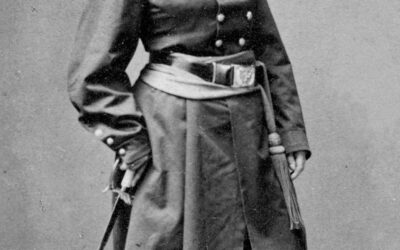
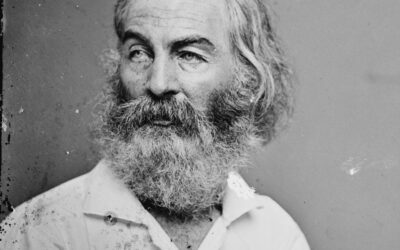
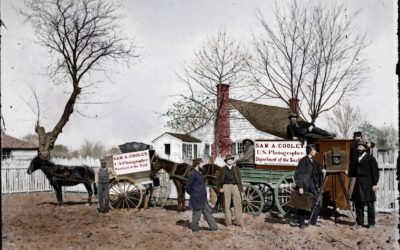
0 Comments